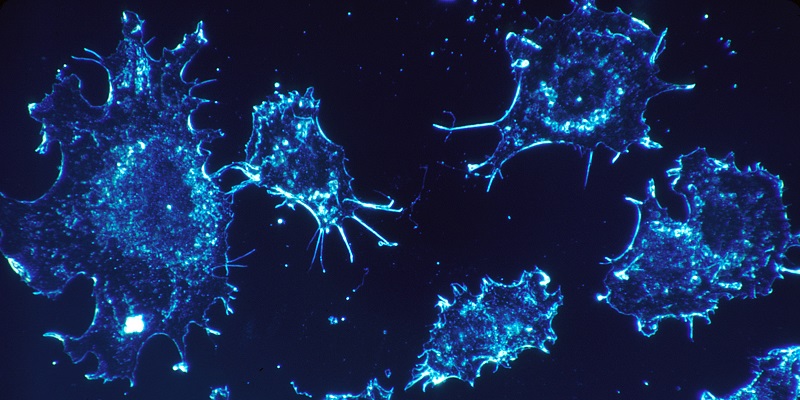

About Cellular and Physiological Sciences
Physiology explores the basis of life--from the subcellular to the whole person. It provides the basic information for understanding the normal function of the body, explains how normal function may be altered in pathological conditions, and provides insight for developing strategies to manage and treat disease. UBC's Cellular and Physiological Sciences program will provide you unique interdisciplinary training in life and health sciences while preparing you for a career in academics, biotechnology or medicine. You'll spend a year carrying out a research project under the supervision of a research faculty member that forms the basis of a graduating honours thesis. You can also choose to do a 12- to 16-month cooperative education program, working in a research laboratory.
Program Details
UBC's program is extremely competitive, with only about 15 students admitted to the specialization each year. You apply at the end of your second year. The program is a good fit if you intend to pursue graduate studies.
Skills
- Application of an in-depth understanding of the human body, spanning from a histological level to gross anatomy and physiology
- Interdisciplinary approach to observing and exploring life and health sciences
- Development and execution of research proposals and experimental design
- Research and laboratory techniques with consistent application of safety protocols
- Laboratory report writing and presentation
- Mock clinical testing in physiology labs, including usage of technology and tests for electrocardiograms, spirometry, and oral glucose tolerance
- Technical biochemistry lab techniques using PCR, gel electrophoresis, UV spectrophotometry, and protein assays
Specializations offered
- Major Cellular, Anatomical and Physiological Sciences
- Co-op


